The Himalayan Tale: A Journey Through Time, Terrain, and Tradition

The Himalayas, a Sanskrit word meaning ‘abode of snow’ pierce the sky like a colossal crown adorning the Earth. For decades, these mountains have served as a formidable barrier, a spiritual sanctuary, and a playground for the adventurous. This blog explores the rich cultural and historic value woven into the Himalayas over time.
Early Footprints:

Long before the era of mountaineering expeditions, the Himalayas served as a spiritual path and a vital trade route. Determined pilgrims, fueled by faith, traversed treacherous passes, believing the arduous journey brought them closer to enlightenment. Meanwhile, intrepid traders, undeterred by the harsh conditions, established routes that crossed dizzying heights exceeding 18,000 feet, a testament to their unwavering spirit and the crucial role these mountains played in commerce.
The first documented attempt to capture the grandeur of the Himalayas came in 1590 with a sketch by Antonio Monserrate, a Spanish missionary stationed at the court of the Mughal emperor Akbar. However, it wasn't until the mid-19th century that systematic mapping efforts began. The Survey of India played a pivotal role, meticulously documenting the region. Imagine the initial confusion with peaks simply being labeled with letters and numerals! Thankfully, by 1850, ‘Peak XV’ had morphed into the now-iconic Mount Everest! The quest for accuracy intensified, with advancements in technology leading to aerial photography and the use of satellites for even more detailed and precise maps.
The Ascent Begins:

The 1880s marked the dawn of a new era for the Himalayas – the era of mountaineering. W.W. Graham, a British explorer, sparked European interest with his controversial claims of scaling several peaks. Soon, expeditions from across Europe set their sights on the colossal peaks of the Karakoram, Kumaun, and Sikkim Himalayas. A spirit of national rivalry fueled these endeavors, with Germans focusing on Nanga Parbat and Kanchenjunga, Americans setting their sights on the formidable K2, and the British fixated on conquering the highest mountain on Earth – Mount Everest. After numerous attempts and advancements in equipment and techniques, the world witnessed a historic feat in 1953 when Edmund Hillary and Tenzing Norgay reached the summit of Everest, forever etching their names in the annals of mountaineering history.
Beyond the Summit:

As each peak was conquered, a new breed of mountaineer emerged, driven by the insatiable human urge to push boundaries. The focus shifted from simply reaching the summit to tackling more challenging routes, utilizing minimal gear, and even attempting summit climbs without supplemental oxygen, showcasing the incredible human capacity for endurance and adaptation. However, with increased accessibility came a surge in tourism. Hundreds now attempt to scale Mount Everest every year, a testament to the growing allure of these majestic mountains. This influx, however, has cast a shadow on the pristine environment. Pollution, waste accumulation, and tragic accidents like the 2014 Annapurna disaster highlight the urgent need for sustainable practices to preserve the delicate ecological balance of the Himalayas. Several initiatives and reinforcements such as bringing human excreta back to the Everest basecamp in specialized ‘poo bags’ and mass garbage collection drives have making a positive impact towards this cause.
The People of the Himalayas:

The Himalayas are a cultural mosaic as diverse as its landscapes. Here's a breakdown of the major language families and ethnicities that call this region home:
The Indo-Europeans:
This family dominates the Lesser Himalayas. People like the Kashmiri in Kashmir Valley, the Gaddi and Gujari shepherds, and the Kanet and Khasi communities speak Indo-European languages. Interestingly, some districts in Himachal Pradesh (Kalpa and Lahul-Spiti) have a Tibetan origin and speak Tibeto-Burman languages despite being geographically located in the Lesser Himalayas.
The Tibeto-Burmans:
The Great Himalayas and Tethys Himalayas are home to people speaking Tibeto-Burman languages. This includes Tibetans and ethnicities like Ladakhi, Balti, and Champa in the Kashmir Himalayas. The Kirat people in Nepal are also part of this language family.
Nepal:
Nepal boasts a rich mix of both language families. The Pahari people, speaking Indo-European languages, form the majority. However, there are significant populations of Tibeto-Burman speakers like the Newar, Tamang, Gurung, Magar, Sherpa, and Kirat. Notably, the Sherpa people, renowned mountaineers, live south of Mount Everest.
Sikkim and Bhutan:
These regions have served as a historical outlet for Nepal's growing population. The Pahari people from Nepal make up the majority in both Sikkim and Bhutan. Sikkim has a unique blend of three ethnicities: Lepcha, Bhutia (of Tibetan origin), and Pahari. In Bhutan, the Nepalese and Lepcha reside in the west, while the Bhutia dominate the east.
Arunachal Pradesh:
This northeastern Indian state is home to numerous Tibeto-Burman-speaking groups like the Adi, Aka, Apa Tani, and Mishmi. Each group has a distinct river valley territory and practices shifting cultivation, a traditional method of farming where crops are grown on a different plot of land each year.
The Himalayas are a fascinating region where people of diverse ethnicities and languages have co-existed for centuries. This mix of cultures, traditions, and ways of life adds to the unique charm of the ‘roof of the world’. These mountains are the lifeblood of millions, providing freshwater, regulating the climate, and nurturing unique cultures and traditions. Preserving and maintaining their balance ensures the health of ecosystems downstream, protects the spiritual traditions of mountain communities and safeguards a way of life attuned to this remarkable environment. It's a responsibility to future generations to ensure the Himalayas remain a source of wonder, beauty, and life!








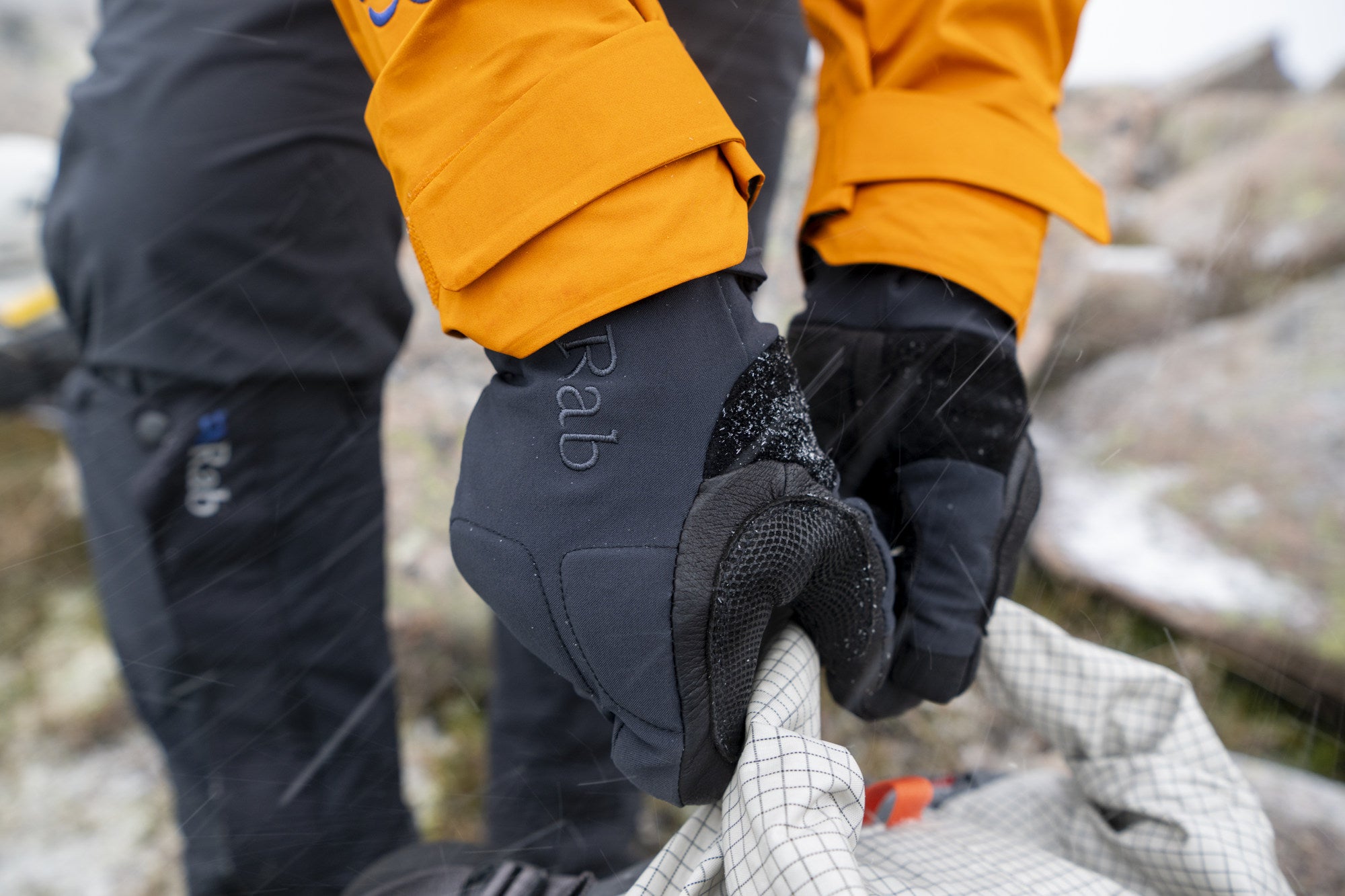
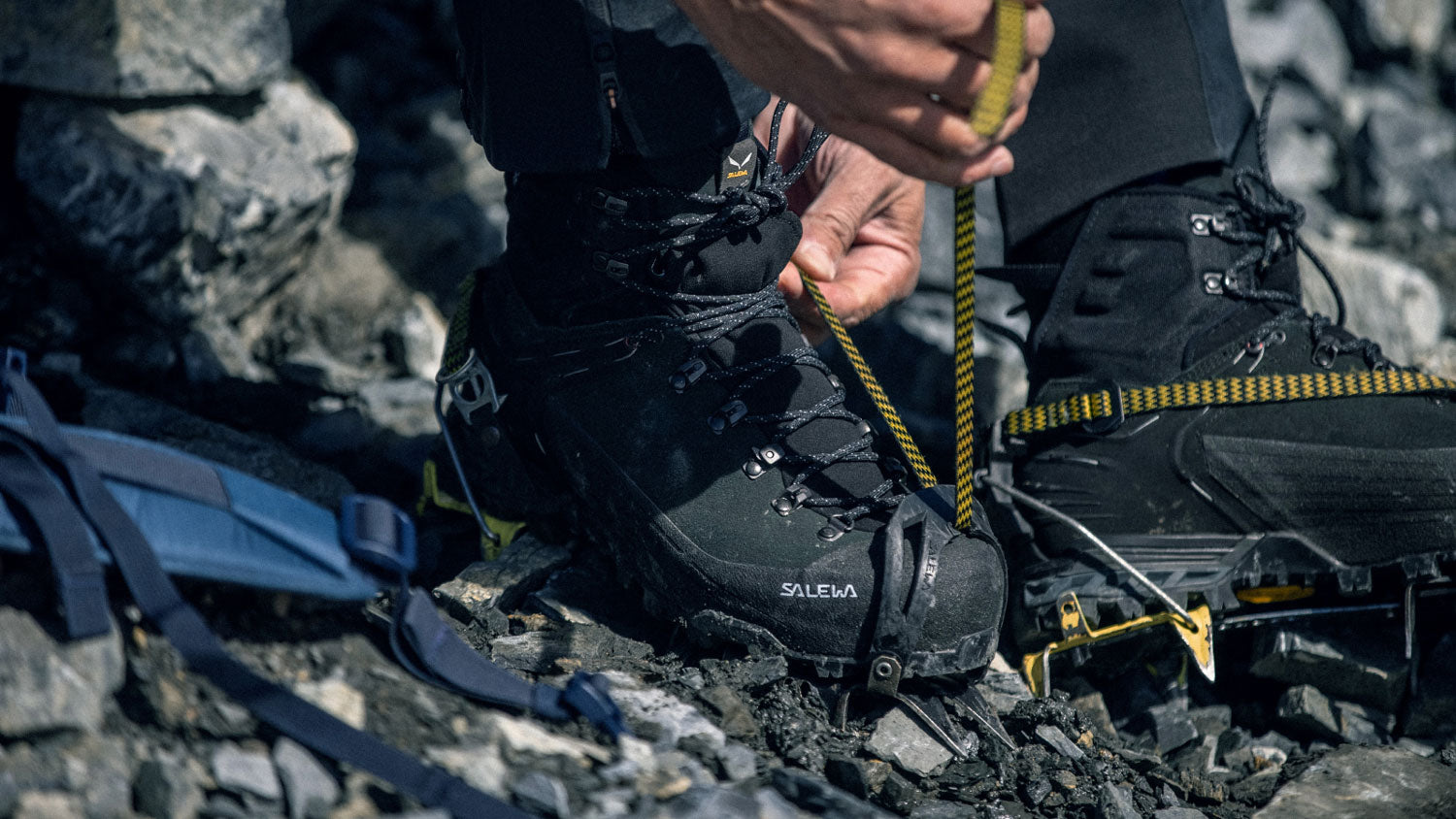








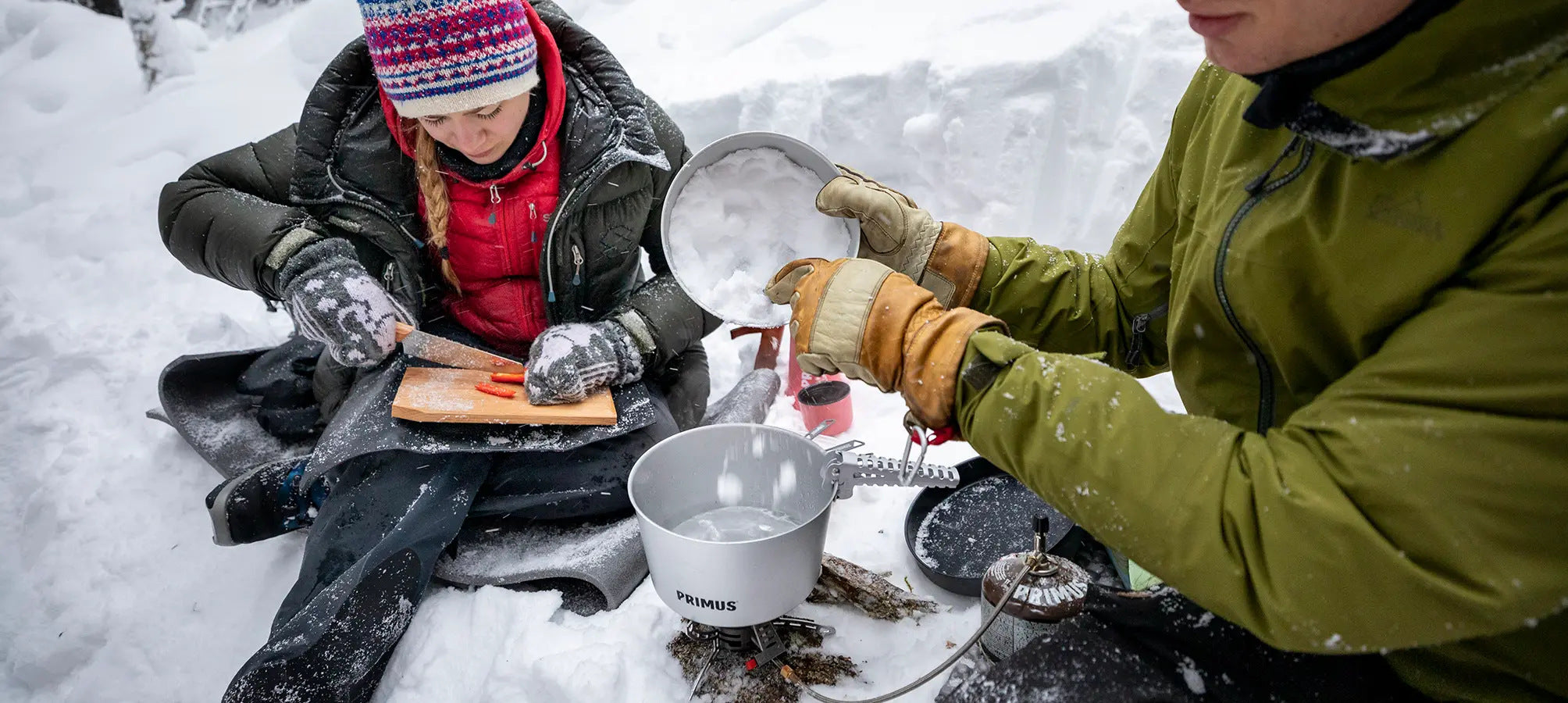

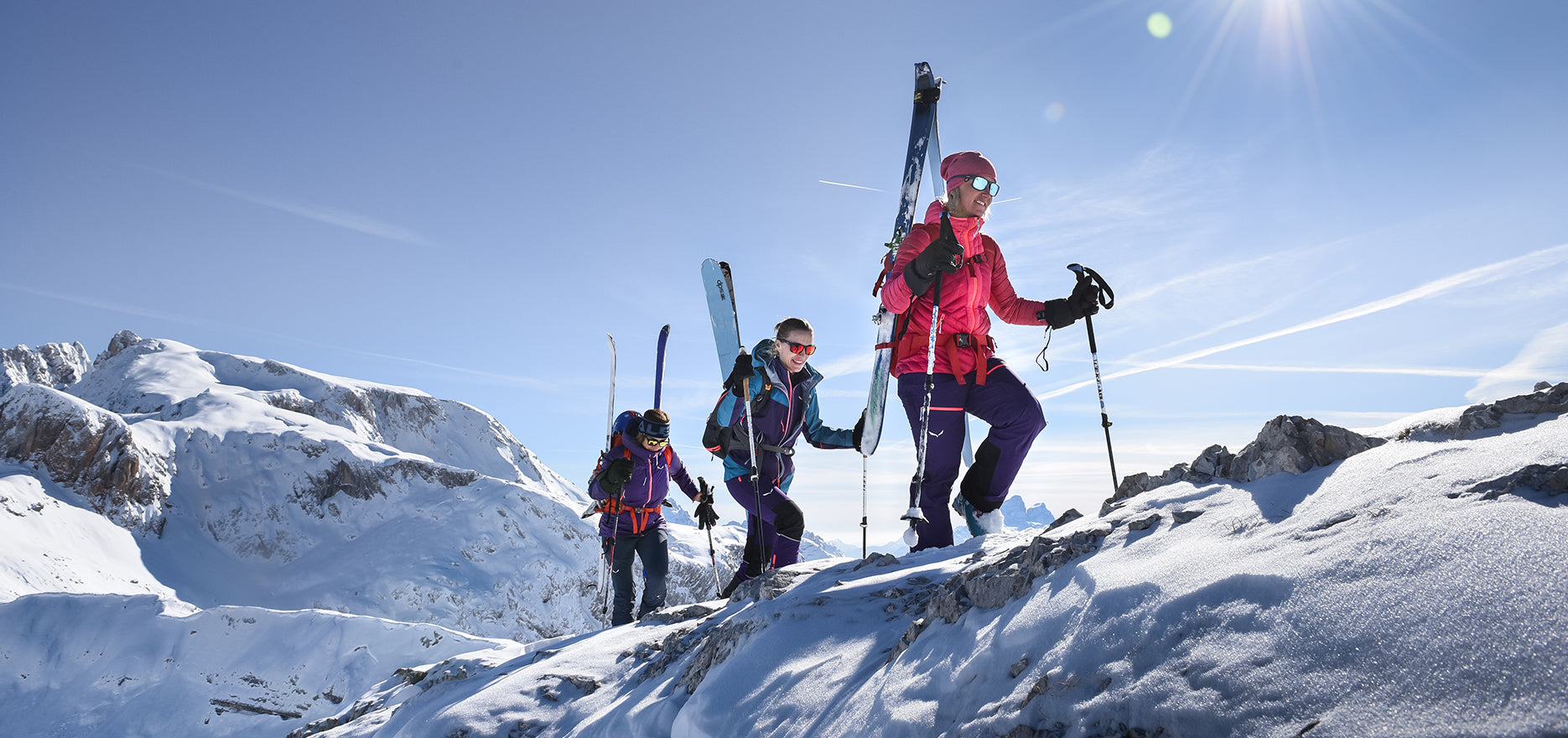
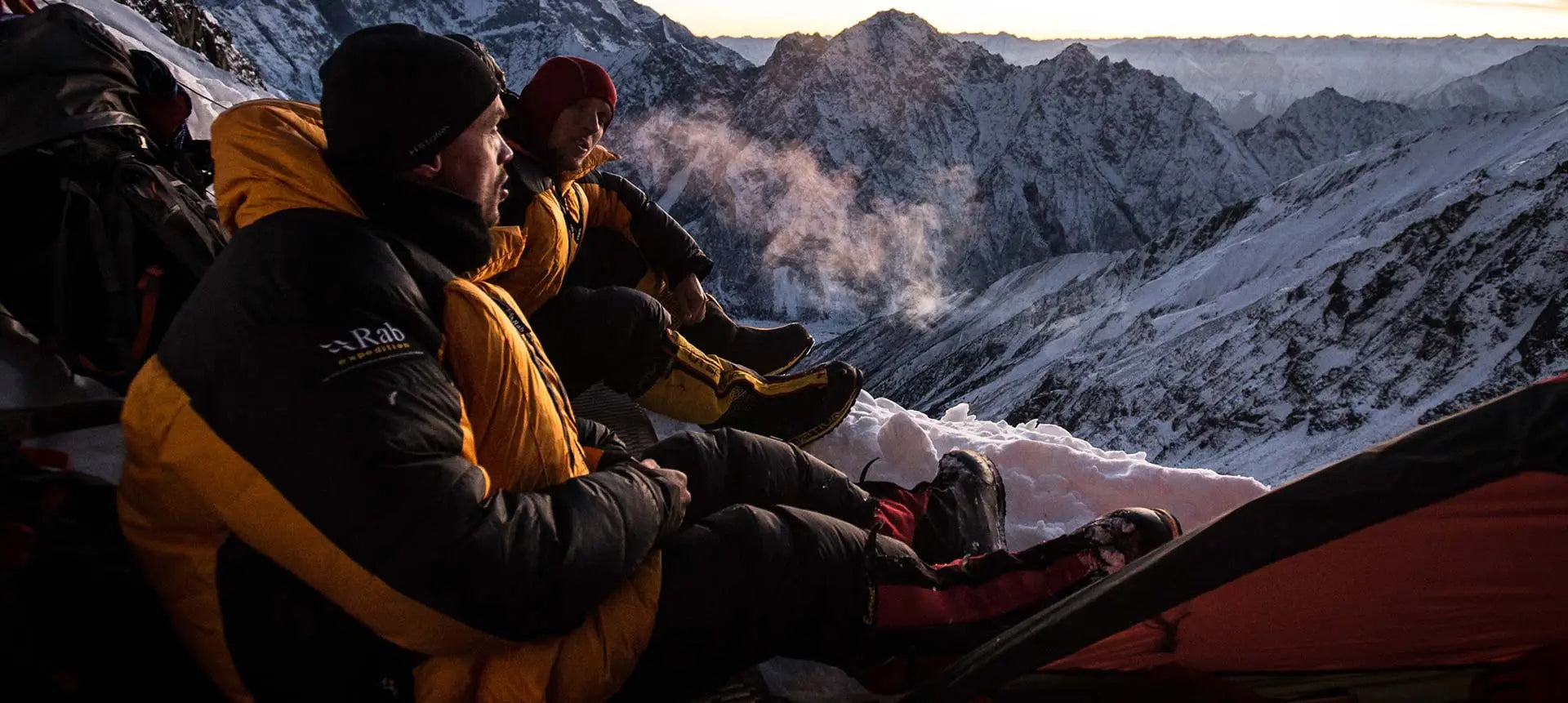
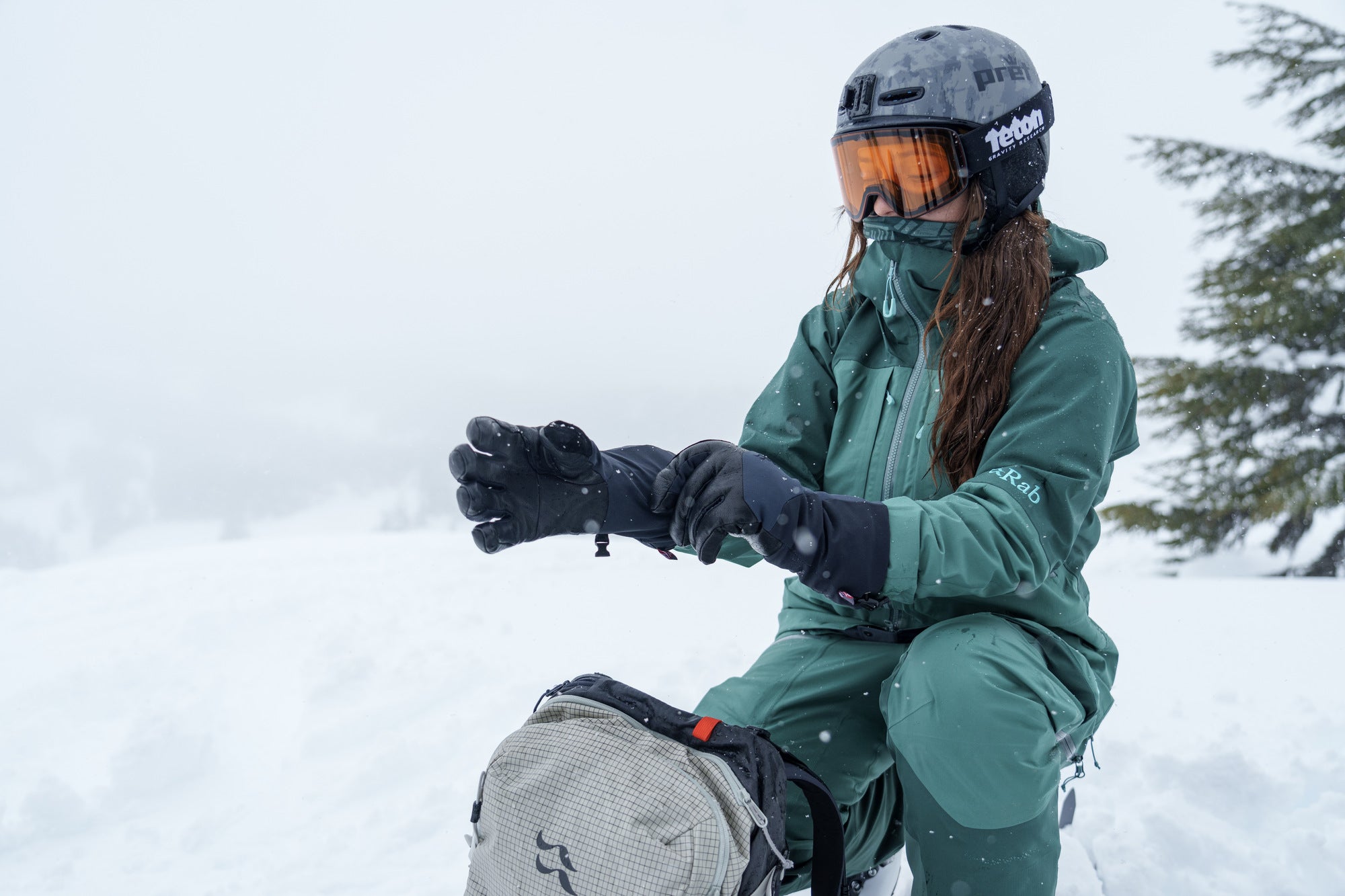






Leave a comment